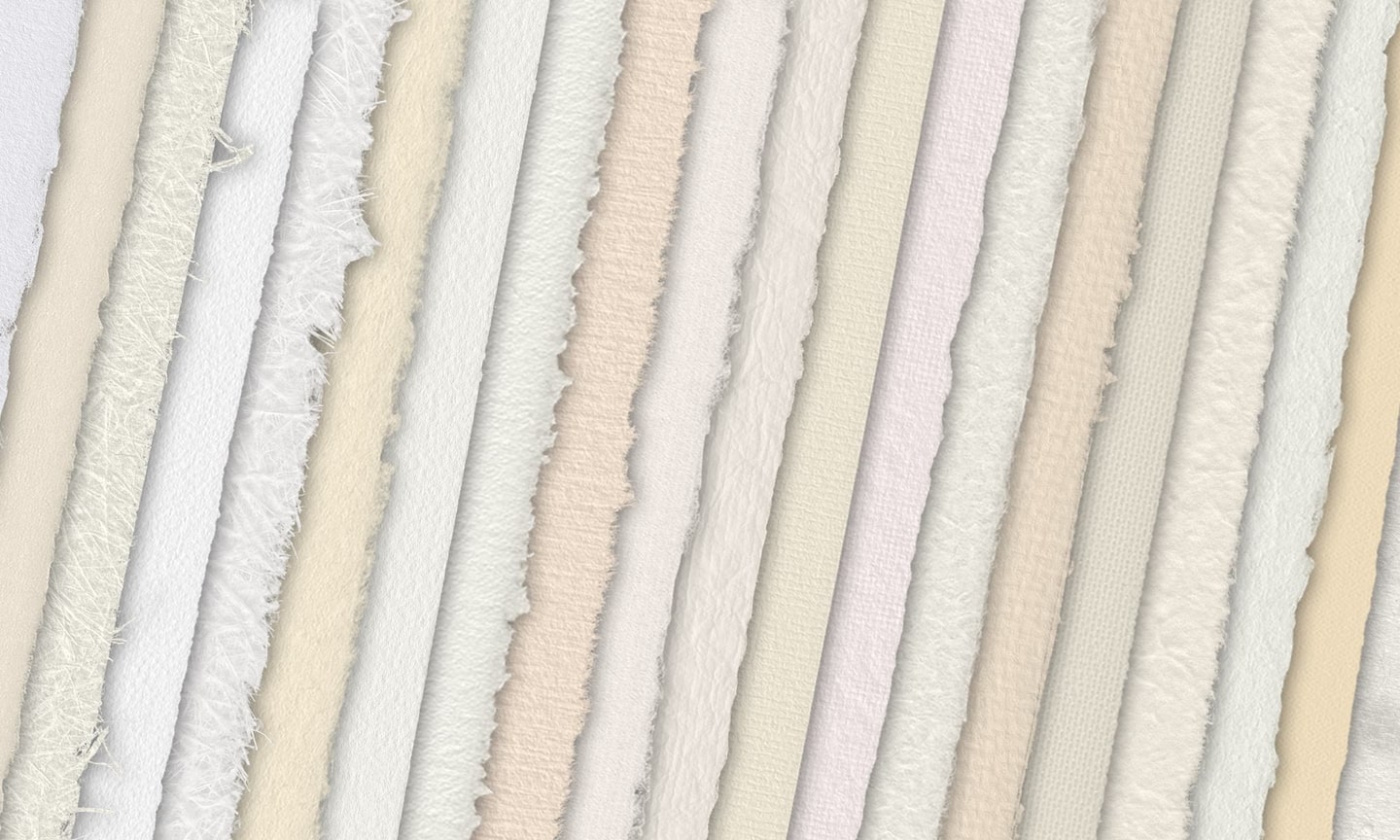The stone is one of the oldest art materials. Archeological discoveries confirm that engravings in limestone slabs were created by prehistoric societies. In 1937 in French LaMarche, Léon Péricard found several thousand-year-old engravings depicting 49 heads and 18 figures.
Limestone is a very interesting material. This fine-grained to solid sedimentary rock consists of 80?lcium carbonate (CaCO3) in the form of calcite or aragonite and may contain dolomite, siderite, quartz, or clay as impurities. The color of limestone can have many shades - from grayish through yellowish to soft pinkish. As a stone, it has one extraordinary characteristic. In places where you draw with a greasy material (lithographic chalk, for example), it can take on color after preparation with nitric acid. In other places, the color is repelled. This makes it a perfect matrix for printing.

Alois Franz Senefelder, a native of Prague, took advantage of its qualities and created the lithography technique on the above principle. This forerunner of today's industrial offset printing became the main technique for reproduction printing in the 19th century. Originally a nomadic musician and actor, Senefelder made a great career with lithography. He won several important awards and became an inspector at the Munich Lithographic Institute. During his life, he created and perfected a number of lithographic techniques (chalk, multicolor) which were and still are used by generations of artists. Let us mention a few names, like Henri de Toulouse-Lautrec, Alfons Mucha, or Pablo Picasso.
The beautiful limestone structure and great artistic potential inspired us to create its digital equivalent so that artists working in the digital environment of our painting software Rebelle could also enjoy these extraordinary surfaces.
The path to it wasn’t easy at all. Today, the best Solnhofen Bavarian limestone is used only in specialized lithographic workshops. Therefore, we visited the graphic workshops of the Jozef Vydra School of Arts and Crafts in Bratislava whose teachers were kind enough to borrow us a few stones of various surfaces for scanning.
By the way, have you ever hand-carried and cut lithographic stone? It's a wonderful experience, so if you ever have a chance, we encourage you to try it! We chose stones with various grain sizes. Some of them were hand-sanded to an almost smooth surface, some were left with the remnants of the structure and various scratches, and some were scanned in their original, raw condition.

To preserve the natural beauty of these stones, we needed to achieve the maximum quality of the scanning process. That's why we used a state-of-the-art CRUSE large-format scanner with controlled lighting and color calibration. By adjusting the lighting angle and light intensity, we looked for the most suitable ratio between light and shadow length. We spent many hours calibrating the sharpness and color. It was an exciting adventure, but the journey does not end there!
Hours of searching for suitable cut-outs from original structures, intuitively creating tiles, composing edges and software editing of originals paid off. Now each Rebelle user can experience the special artistic feeling of touching a beautiful stone surface and making the first stroke with a pencil or brush. Thus was born the digital stone and the digital lithography with it.

When Senefelder discovered lithography at the end of the 18th century, he freed graphic artists from tool addiction. The image and its reproduction were no longer limited by the characteristics of the chisel. Paintings, drawings, or basically any technique could be reproduced. Today, Rebelle is taking the next step. It frees the artists from the difficult physical preparation of the stone and allows for the freedom of creation, the visual beauty of the stone, and a vast ocean of possibilities.
New Surfaces For Your Art Creation In Rebelle
Now, we invite you to enjoy creative freedom with these brand-new lithography stone sets that have just been added to Rebelle 3 assets family!
This set is a digital interpretation of high-quality Solnhofen limestone, which has been used for lithography printing for more than two centuries. We left two of the stones in their raw state and one bears the remains of an old lithograph and the natural scratches that arose when handling the stone. The surface is suitable for ink painting, pencil or charcoal drawing.

Another excellent interpretation of Solnhofen limestone is hand-cut stones of various hardness. The stones prepared in this way are used by many renowned artists for their lithographic works. The set contains several degrees of surface grain. The stones are great for pencil, pastel and watercolor creations.

Availability
The new papers are compatible with Rebelle 3 and newer. Testing the papers is available directly in Rebelle 8 or Rebelle 8 Pro through a special preview layer inside the software. You can explore and paint on each texture before deciding to purchase it, getting a real feel for how it interacts with brushes, color, and lighting.
Get the new papers in our shop, each one is available for $3.99, with unlimited use across all your future artworks.
----
The author of the text is Mgr. Ľubomír ZABADAL, PhD. - an expert for traditional art media and assistant professor at Department Of Creative Arts and Art Education at UKF University, Slovakia.




